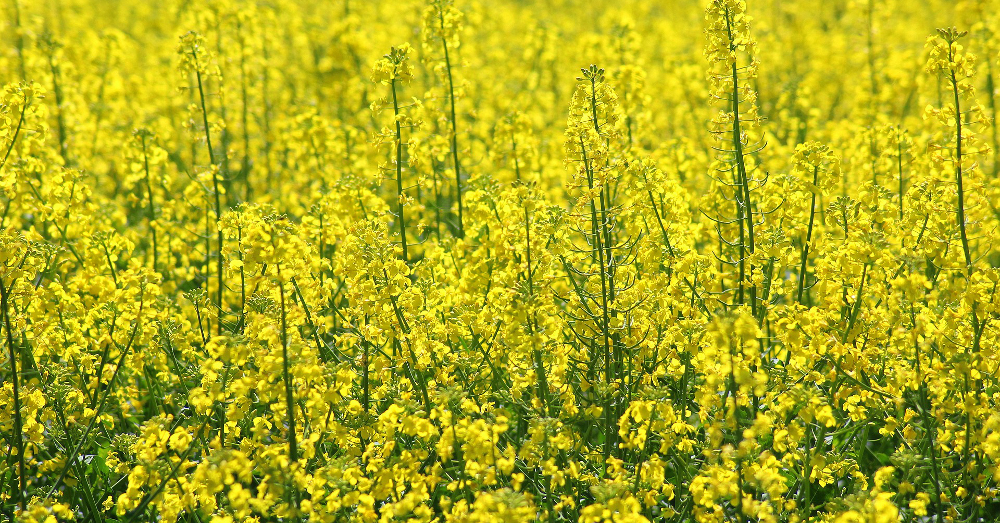
IFOAM and FiBL Study: Socio-Economic Impacts of GMOs on European Agriculture
IFOAM EU Group recently released a new study on the impacts of GMOs on European agriculture, in partnership with FiBL (Research Institute of Organic Agriculture). Because of the high risk of adventitious presence of GMOs at different steps of the production chain and the consequences, there is a huge effort and high expense for measures to avoid contamination. The study aims at identifying coexistence strategies of non-GM and organic supply chain actors to ensure GMO-free products and estimate the coexistence costs.
April 26, 2018 | Source: Organic-Market.info | by Karin Heinze
IFOAM EU Group recently released a new study on the impacts of GMOs on European agriculture, in partnership with FiBL (Research Institute of Organic Agriculture). Because of the high risk of adventitious presence of GMOs at different steps of the production chain and the consequences, there is a huge effort and high expense for measures to avoid contamination. The study aims at identifying coexistence strategies of non-GM and organic supply chain actors to ensure GMO-free products and estimate the coexistence costs.
Background: Contamination cannot be excluded
Genetically modified (GM) crops (e.g. maize, soybean, oilseed rape and cotton) have been produced commercially since 1996. Official statistics show that in 2016, 185 million hectares of GM crops were grown globally corresponding to 3.4% of the cultivated agricultural area (UAA) worldwide. Compared to Canada or the US, cultivation of GM crops in the EU agriculture is limited and decreased by 4.2% from 136,338 ha UAA in 2016 to 130,571 ha UAA in 2017. Indeed, GM crops are mainly grown in Spain and Portugal. But GMOs – mainly soy bean meal – are massively imported in the European Union, especially for animal feed.
